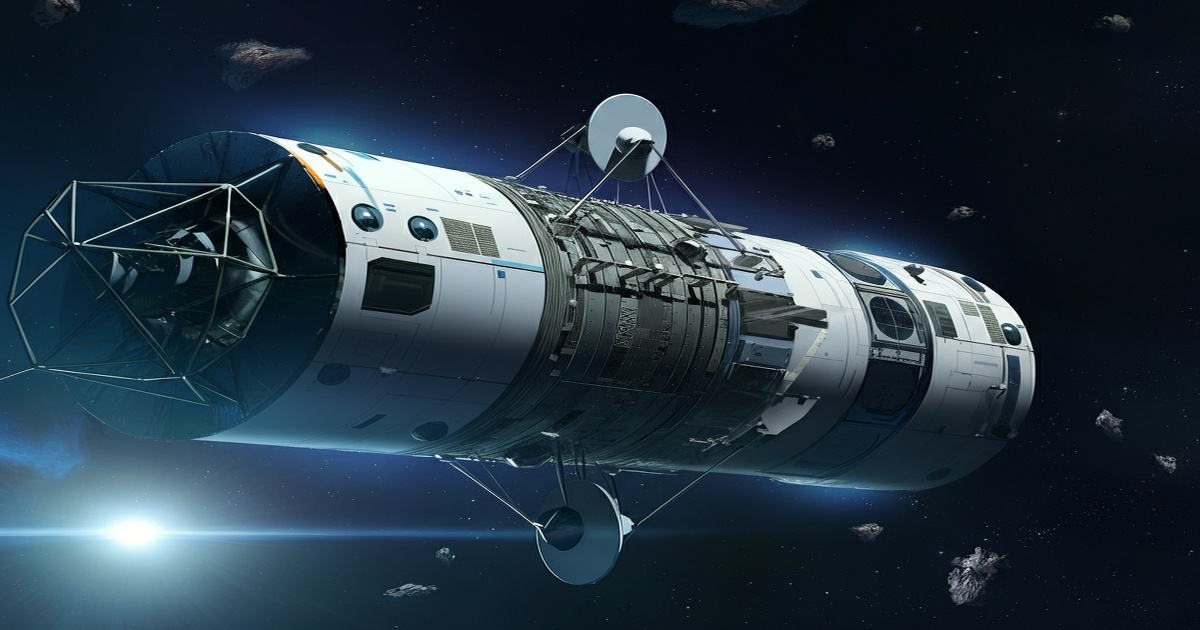On May 14, 2025, a Long March-2D carrier rocket launched from the Jiuquan Satellite Launch Center in northwest China, carrying a space computing satellite constellation.
ADA Space, a Chinese space start-up, announced its plans for a new computing satellite constellation. This new constellation, named Liangxi, will consist of 12 satellites. The combined computing power of these satellites is expected to reach 20 peta operations per second (POPS), which is four times greater than the initial batch launched in May. This project is part of the larger Star Compute program, which aims to build a network of 2,800 supercomputer satellite systems.
The first set of computing satellites, launched in May, marked the world's first space computing constellation. These initial satellites offer a combined computing power of 5 POPS and 30 terabytes of storage. They are equipped with onboard intelligent computing and inter-satellite communication systems, enabling in-orbit computing. Development and deployment of the second and third batches of computing satellites are currently underway.
The Star Compute program began delivering services to its first client, the Aerospace Information Research Institute (AIRI) of the Chinese Academy of Sciences (CAS). This marks a significant step toward the practical application of its space computing capabilities. The AIRI's optical satellite target detection algorithm model was successfully deployed and performed real-time inference tasks on the on-orbit AI computing payload. This validated the compatibility of the on-orbit AI computing payload with the remote sensing intelligent detection model.
China's initiative appears to be the first to deploy a dedicated AI constellation at scale, as other countries have only tested edge computing in space. According to ADA Space, these computing satellites are important for advancing space technologies and also open up new possibilities for testing large-scale computing architectures. They can process data onboard, increasing efficiency. The space environment also offers advantages for low-energy, sustainable space computing.
However, space computing faces challenges. The harsh environment, including vacuum conditions, radiation, microgravity, and temperature fluctuations, requires specialized materials and radiation-hardened components to ensure reliability.







5 Comments
Eugene Alta
This should open up incredible opportunities for scientific research from space, and will allow us to observe Earth with great precision.
paracelsus
Five POPS for the initial batch? Wow, what a joke! It's not good technology by modern standards.
eliphas
It's impressive but ultimately what problem is this solving? It feels like we are trying to go to space to fix what is already happening on Earth. Why can't we just fix what's directly affecting us?
paracelsus
Building a supercomputer in space? That's just asking for hacking and security breaches. Think about the vulnerabilities!
eliphas
They are solving problems that will make life easier for everyone on earth. What is not to love?